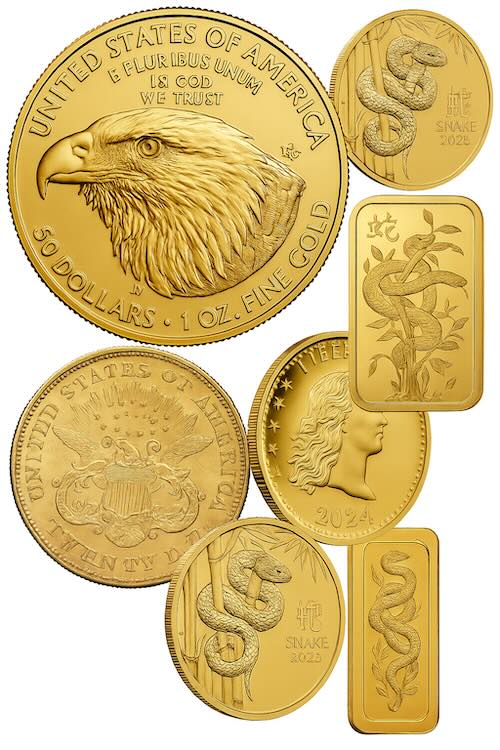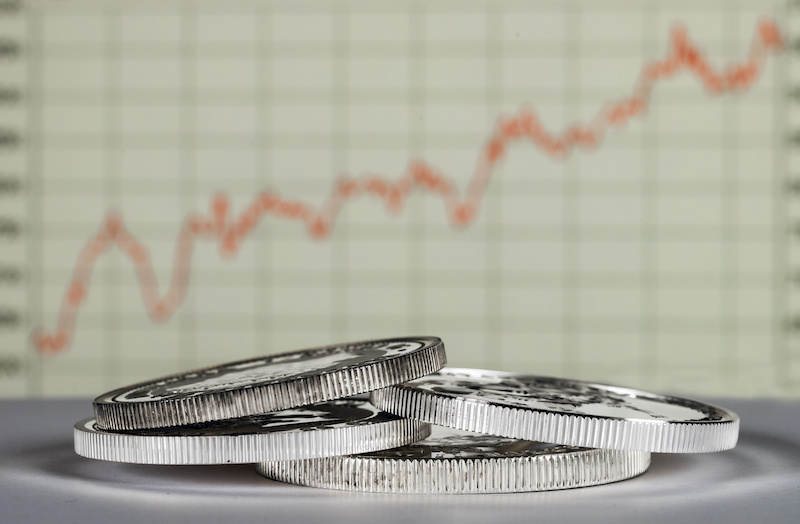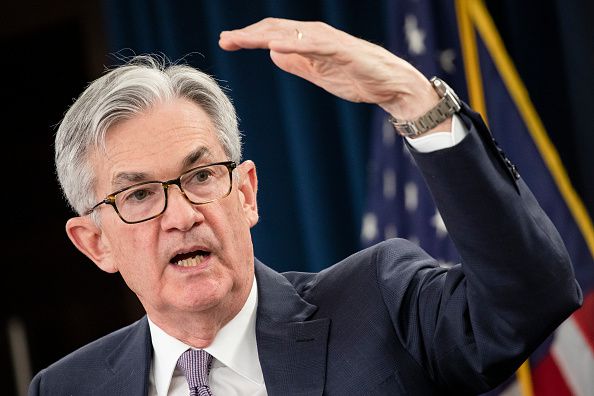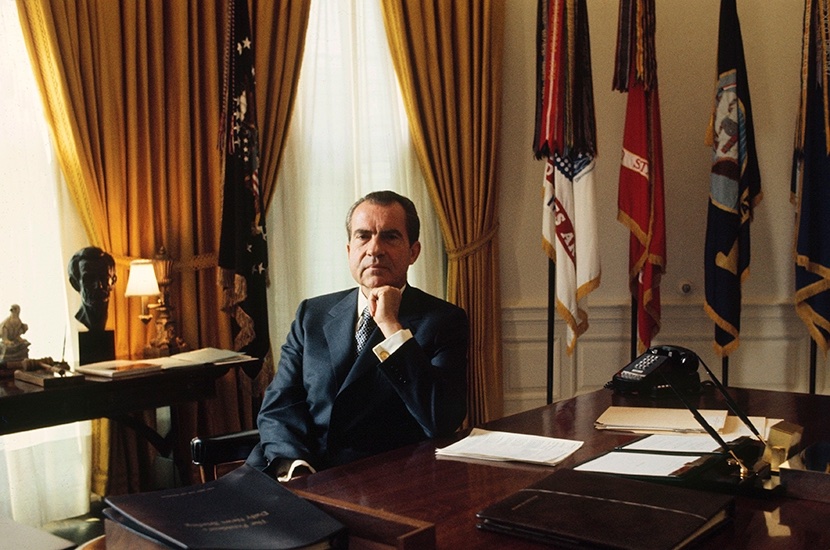Weekly Gold Market Recap: Central Banks Accumulate, Analysts Forecast $6,000 Gold, Silver Remains Undervalued and Today’s Best Gold Prices
While U.S. retail demand remains tepid, global appetite for gold continues to grow, setting the stage for further upside.



